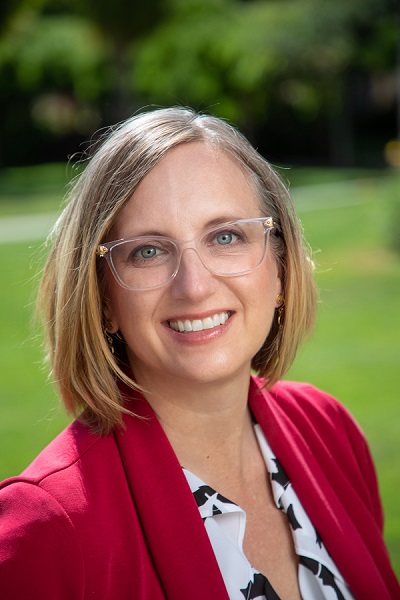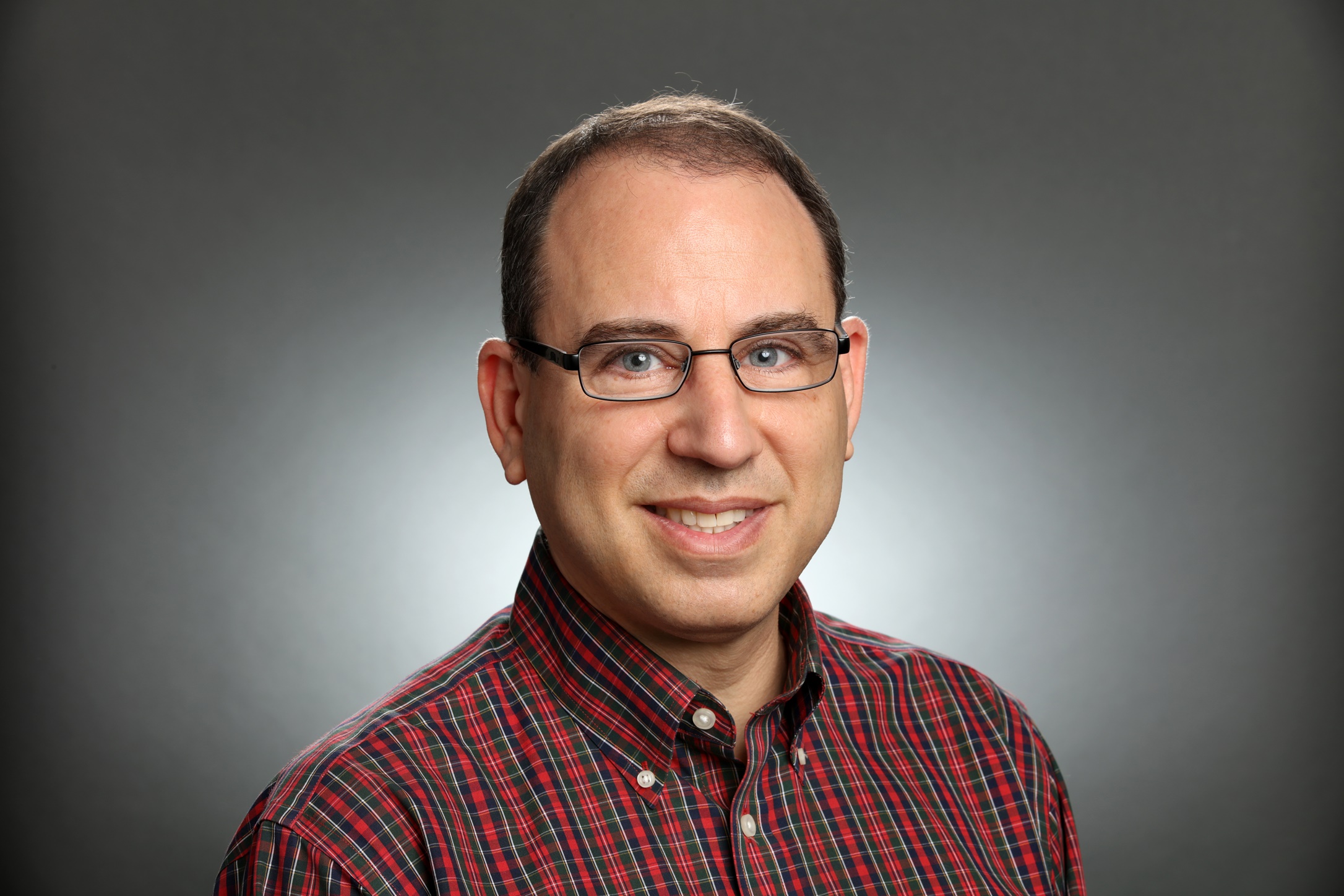By: Laura Norris, Associate Dean for Academic Affairs, Associate Clinical Professor, Director of the Tech Edge J.D., Co-Director of the High Tech Law Institute,
Santa Clara University School of Law
Eric Goldman, Associate Dean of Research, Professor of Law, Co-Director of the High Tech Law Institute, Santa Clara University School of Law
In 2018, Santa Clara Law launched an important new program called the Tech Edge JD (TEJD). It is a certificate for JD students with several design features centered around skill-building and professional identity formation. TEJD requires students to complete a series of milestones to give them the experiences employers expect Silicon Valley professionals to have. TEJD students get support from a faculty/staff advisor, two practitioner mentors, and the entire TEJD community.
TEJD has achieved some remarkable outcomes in its first four years. This blog post highlights three: improved admissions yield while increasing incoming LSAT score, increased racial diversity, and improved employment outcomes.
Incoming students apply to TEJD at the same time they apply to law school. Admission is discretionary based on supplemental essays and a video interview. LSAT/GPA isn’t part of the TEJD admissions criteria, but TEJD cohorts nevertheless have higher LSATs than their overall Santa Clara Law classes.

Despite the higher LSAT scores of incoming TEJD students, their yield has been 11-29% higher than the school’s overall admissions yield. This indicates that TEJD helps the law school compete for students with more choices.
Santa Clara Law is already a racially diverse law school, but TEJD has outperformed the law school’s racial diversity rates. This enhanced diversity may reflect the downplaying of LSAT/GPA in TEJD admissions decisions.

Though TEJD requires students to spend substantial time on activities outside the classroom to complete their milestones, this has not come at the expense of academic achievement. TEJD students have higher law school GPAs than the overall class, even on an LSAC-adjusted basis.

TEJD students have also had improved employment outcomes. The first cohort (graduating class of 2021) had 100% employment their 1L summer (most paid, some externships). That cohort had 80% employment on graduation (+40% compared to overall Santa Clara Law grads) and 100% employment 10 months later (+18%).
We think TEJD represents an important innovation in legal education with many potential lessons for the legal education industry. Our paper, “How Santa Clara Law’s “Tech Edge JD” Program Improves the School’s Admissions Yield, Diversity, & Employment Outcomes,” spills all of the details, including how the TEJD program is designed and what we think worked and what didn’t. The article also does the following: identifies what we think are the keys to TEJD’s success; discusses students’ self-identification during the application process, the pre-orientation TEJD orientation, and students’ professional identity formation early in their law school careers; and describes the extensive advisor/mentor support. The features of TEJD can be easily adopted by other schools, with or without replicating TEJD.
Should you have any questions about the TEJD program or if you would like to discuss how your school can adopt the program (or aspects of it), then please contact Dean Goldman at egoldman@gmail.com or Dean Norris at lnorris@scu.edu.

Laura Norris is the Associate Dean for Academic Affairs, Associate Clinical Professor, Director of the Tech Edge J.D., and Co-Director of the High Tech Law Institute at Santa Clara University School of Law.

Eric Goldman is the Associate Dean of Research, Professor of Law, and Co-Director of the High Tech Law Institute at Santa Clara University School of Law
